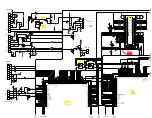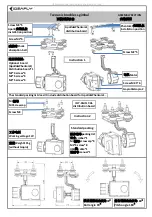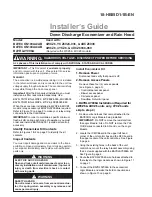
29
Be in charge.
Super B.
8. Storage
Follow the storage instructions in this manual to optimize the lifespan of the Li-ion battery
during storage. If these instructions are not followed and the Li-ion battery has no charge
remaining when it is checked, consider it to be damaged. Do not attempt to recharge or use
it. Replace it with a new Li-ion battery.
See paragraph 3.2.4 for storage temperature conditions.
The self-discharge of the Li-ion battery is <3% per month.
1. Charge or discharge the Li-ion
battery to 50% of its capacity before storage.
2. Disconnect the Li-ion battery from all loads and, if present, the charging device.
3. Remove the fuse from the Li-ion
battery during storage (see paragraph 4.3.2).
4. Place the terminal covers over the Li-ion
battery’s terminals during storage.
5. Charge the Li-ion
battery to 50% of its capacity every year.
9. Transportation
Always check all applicable local, national, and international regulations before transporting
a Lithium Iron Phosphate battery.
Transporting an end-of-life, damaged, or recalled Li-ion battery may, in certain cases, be
specifically limited or prohibited.
The transport of the Li-ion battery falls under hazard class UN3480, class 9. For transport over
water, air and land, the Li-ion battery falls within packaging group PI965 Section II.
10. Disposal and recycling
Always discharge the Li-ion battery before disposal. Use electrical tape or other approved
covering over the Li-ion battery connection points to prevent short circuits.
Battery recycling is encouraged. Dispose of the Li-ion battery in accordance with local, state
and federal laws and regulations. Batteries may be returned to the manufacturer.






































